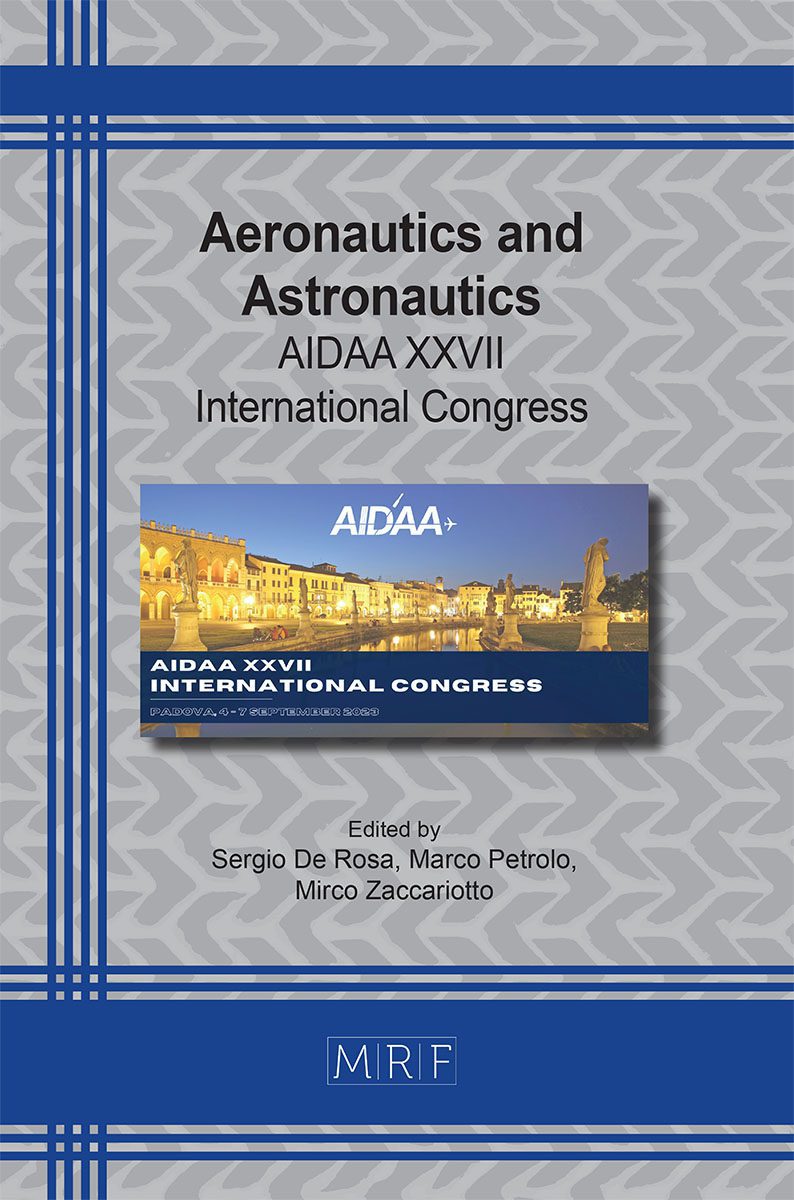Scientific activity of Sapienza University of Rome aerospace systems laboratory on the study of lunar regolith simulants, focusing on their effect on the microwave fields propagation
Andrea Delfini, Roberto Pastore, Fabio Santoni, Michele Lustrino, Mario Marchetti
download PDFAbstract. The forthcoming space missions aiming at developing new habits on the Moon and into deep space are opening new challenges for materials scientists in enabling in-situ efficient systems and subsystems. During the last decades, Space Agencies programs of long-term missions addressed to the future Moon colonization moved the aerospace research interest toward the knowledge of how the lunar conditions could represent scientific and technological tasks to be tackled, to deal with such a big challenge. Among very many matters, a still open question is to understand how proper the lunar environment would be for TLC systems daily used on Earth, or whether it should be necessary to establish different stable systems on the Moon by finding alternative solutions with respect to the Earth conventional technologies. This paper introduces the scientific activity developed during recent years at the Aerospace Systems Laboratory of Sapienza University of Rome, concerning the study of lunar regolith with focus on its effect on the microwave fields propagation. The research addresses such task by simulating several representative Moon environmental conditions, reproducing well defined chemical/physical background in terms of atmospheric parameters and soil compositions, as from the available literature data, and analyzing the microwave propagation characteristics to design efficiently mobile TLC systems operating on the Moon. With the further objective of considering regolith as main routine resource for drawing up systems and facilities constituting lunar living structures, the analysis of regolith-microwave interaction is thus focused on two specific paths, such as building airtight structures by means of ISRU methodologies and the EM compatibility (EMC) analysis of simulated lunar environment & TLC systems design. This work can be thus considered as linked to the forthcoming projects aimed at enhancing the research community knowledge about the Moon environment, by assessing scientific background and establishing technological processes for lunar TLC systems development.
Keywords
Lunar Regolith, Moon Surface Absorption, Electromagnetic Microwave Propagation
Published online 11/1/2023, 5 pages
Copyright © 2023 by the author(s)
Published under license by Materials Research Forum LLC., Millersville PA, USA
Citation: Andrea Delfini, Roberto Pastore, Fabio Santoni, Michele Lustrino, Mario Marchetti, Scientific activity of Sapienza University of Rome aerospace systems laboratory on the study of lunar regolith simulants, focusing on their effect on the microwave fields propagation, Materials Research Proceedings, Vol. 37, pp 469-473, 2023
DOI: https://doi.org/10.21741/9781644902813-103
The article was published as article 103 of the book Aeronautics and Astronautics
![]() Content from this work may be used under the terms of the Creative Commons Attribution 3.0 license. Any further distribution of this work must maintain attribution to the author(s) and the title of the work, journal citation and DOI.
Content from this work may be used under the terms of the Creative Commons Attribution 3.0 license. Any further distribution of this work must maintain attribution to the author(s) and the title of the work, journal citation and DOI.
References
[1] D. S. McKay et al., Lunar Regolith in Lunar Sourcebook A User’s Guide to the Moon, Cambridge University Press, 1991, 346.
[2] Y. Qian et al., Young lunar mare basalts in the Chang’e-5 sample return region, northern Oceanus Procellarum, Earth and Planetary Science Letters 555 (2021) 116702. https://doi.org/10.1016/j.epsl.2020.116702
[3] D. P. Moriarty III et al., The search for lunar mantle rocks exposed on the surface of the Moon, Nature Communications 12 (2021), 4659. https://doi.org/10.1038/s41467-021-24626-3
[4] D. Micheli, F. Santoni, A. Giusti, A. Delfini, R. Pastore, A. Vricella, M. Albano, L. Arena, F. Piergentili, M. Marchetti, Electromagnetic absorption properties of spacecraft and space debris, Acta Astronaut. 133 (2017) 128-135. https://doi.org/10.1016/j.actaastro.2017.01.015
[5] D. Micheli, A. Delfini, R. Pastore, M. Marchetti, R. Diana, G. Gradoni, Absorption cross section of building materials at mm wavelength in a reverberation chamber, Meas. Sci. Technol. 28 (2017) 024001. https://doi.org/10.1088/1361-6501/aa53a1
[6] D. Micheli, A. Delfini, F. Piergentili, et al., Measurement of Martian Soil Electromagnetic Absorption Cross Section from 800 MHz to 6 GHz for future Mars Cellular Telecommunication systems, 2022 IEEE 9th International Workshop on Metrology for AeroSpace, MetroAeroSpace 2022 – Proceedings, Pages 219-224. https://doi.org/10.1109/MetroAeroSpace54187.2022.9855901
[7] Z. Wei, Moisture in tunnel influenced to transmission features of electromagnetic wave, Coal Science and technology 31 (2003) 39-41.
[8] T. Meissner, F. J. Wentz, The complex dielectric constant of pure and sea water from microwave satellite observations, IEEE T. Geosci. Remote 42 (2004) 1836-1849. https://doi.org/10.1109/TGRS.2004.831888
[9] M. Zribi, A. Le Morvan, N. Baghdadi N, Dielectric constant modelling with soil–air composition and its effect on SAR radar signal backscattered over soil surface, Sensors 8 (2008) 6810-6824. https://doi.org/10.3390/s8116810































